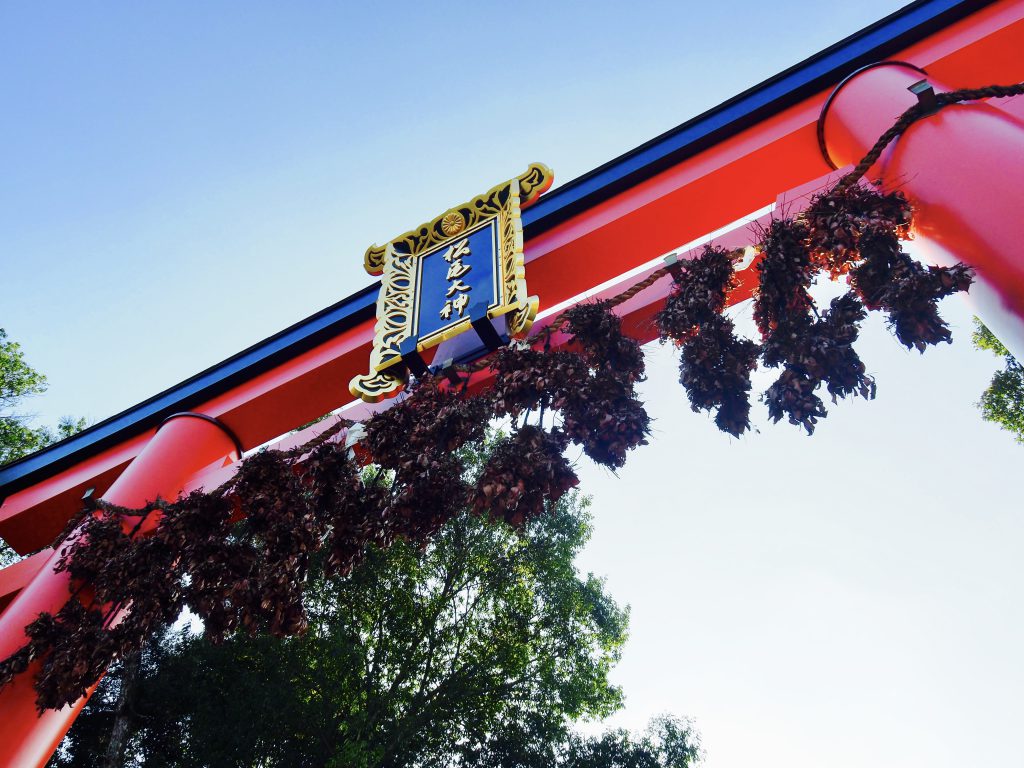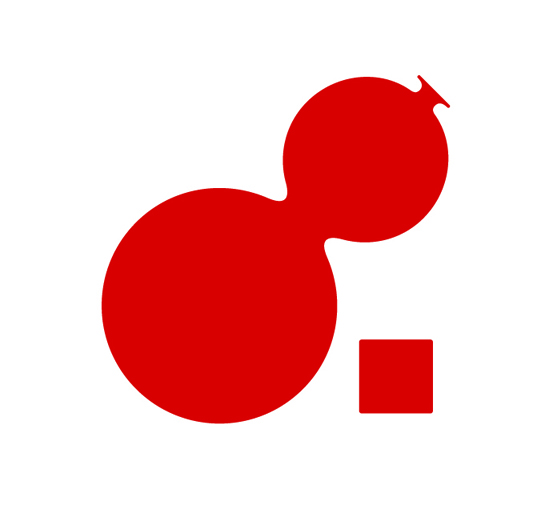History

~ 8th century(Ancient times)
Sake organised a long time ago. Rice production was introduced about 3000 years ago, and it seems that sake brewing began with rice, but the records at that time are poor, and the ingredients and methods are not clearly understood.・ Ancient sake has a strong connection with religion, and sake brewing is said to have been the work of a shrine maiden or altar girls of the Shinto religion.
8th century(Nara period)
In the 8th century, a method for breaking down starch in rice using Koji-mold was created. This is the roots of current sake brewing. Unlike other parts of Asia that use the same Koji-mold, the Koji-mold used in sake brewing in Japan is characterized by the use of granular rice-Koji. At this time, the religious affairs and politics were closely related, and there was a government office to make sake for use in court events. It is thought that sake (filtered sake) had already been made.
9th 〜 15th centuries(Heian period〜Muromachi period)
In the 9th century, the “Soubou-shu” made by monks in temples gained fame. Representative examples include “Amano Sake” , brewed at Tennozan Kongo-ji Temple in Kawachi, Osaka, and “Bodai-sen”, brewed at Bodaizan Shoryakuji Temple, Nara.
15th 〜 17th centuries(Muromachi period〜Aduchi-Momoyama period)
In the 15th century, Sake was made on a commercial basis, and many Sake stores were opened around Kyoto, the capital. It is also from this time that the name “sake-brand” was given. In addition, the process of sterilization by heating and the method of “danjikomi” (stage preparation)which is a safe method for fermenting mash started and these have carried on into modern sake brewing.
17th〜19th centuries(Edo period)
This is the time when the basics of Japanese sake brewing solidified.
Since the heat sterilization method by heating became common and the quality could be maintained throughout the year, “ Kandukuri ” to make sake in the winter, which is the most suitable time for sake brewing, started, and sake brewing headed by Toji.
In addition to the heat sterilization method by heating, the stage preparation, which is a method for safely fermenting mash, became common. In addition, as a technology to prevent spoilage of mash, the addition of alcohol called “Hashirajochu” begun, and the seishu (filted-sake) became common as this time.
19th 〜 20th centuries(Meiji,Taisho period)
In the 19th century, as liquor tax became a major part of the national revenue, liquor tax was strengthened, and the production and privately brewed liquor was prohibited. Until then, “Doburoku”, which had been brewed in-house, declined because it could not be made at home. Sake laws are based on liquor tax, but these laws were developed around this time.
20th century〜(Showa period 〜)
In order to make up for the shortage of rice after the WW2, the production of low-quality liquor, called Triple increase-sake (Sanzo-shu), was approved. (Currently, production is not permitted) The Sake and Sake Tax Act was revised, and since about 1989, the Tokutei meishou-shu (For example, ginjo-shu, dai Ginjo-shu etc.) became commonplace and has continued to the present day.
